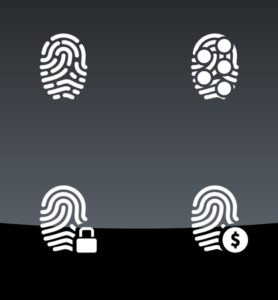“What’s more, the new fingerprint scanning system allows users to require scans of two fingers at the same time, allowing for greater biometric security.”

After making headlines at this year’s Consumer Electronics Show with the world’s first smartphone featuring an in-display fingerprint sensor, Vivo took the opportunity of the recent Mobile World Congress in Barcelona to show off a device that pushes the concept even further. Whereas the X20 Plus UD’s fingerprint sensor was fixed in a particular part of the screen, its new Apex concept phone can scan a fingerprint anywhere in the bottom third of the screen.
It’s Vivo’s way of pushing the trend toward full-size displays to an extreme. Apple went pretty far with last autumn’s iPhone X when it eliminated the need for a home button on the front of the device by replacing its Touch ID fingerprint sensor with Face ID, a 3D facial recognition system. Vivo, meanwhile, has put the fingerprint sensor into the display itself; and rather than include a notch at the top of the device for a camera and other sensors, as Apple did, the company has designed a retractable camera that pops out of the top of Apex when needed. All those efforts allow for tiny bezels, measuring only 1.8mm along the top and sides, and 4.3mm along the bottom. (Vivo also freed space by replacing the phone’s call speaker with audio technology based on vibrations of the screen.)
What’s more, the new fingerprint scanning system allows users to require scans of two fingers at the same time, allowing for greater biometric security. The registered fingers don’t even have to belong to the same person, if, say, a couple of spies wanted to share a super-secure phone.
Of course, the Apex is just a concept device for now. Vivo wasn’t trying to generate market hype by showing it off at MWC; it was rather demonstrating what it was capable of, technologically, and perhaps seeing how end users would respond to these advanced features. Other smartphone makers are likely keeping a wary eye on this, too, as they consider what kinds of biometrics — and what size displays — to include in their upcoming devices.
Sources: The Verge, Android Authority, TechRadar

Follow Us